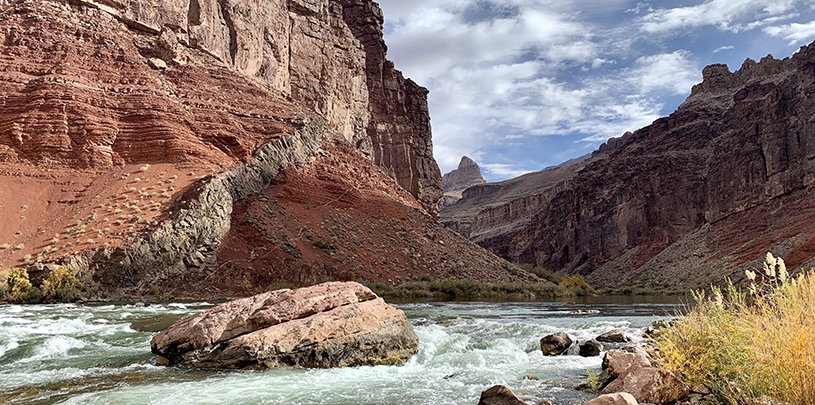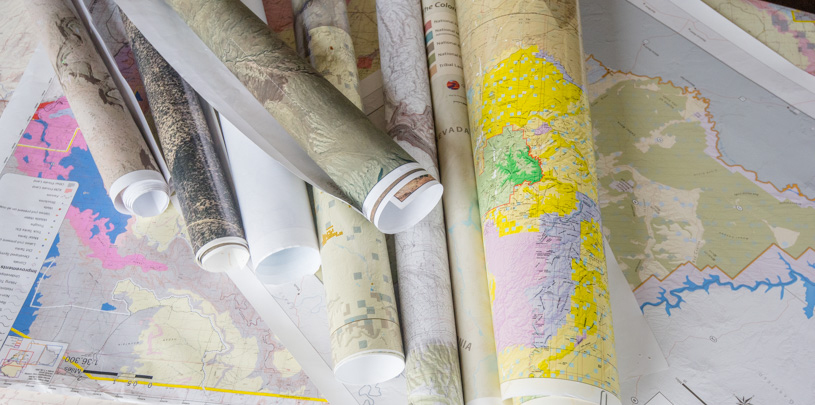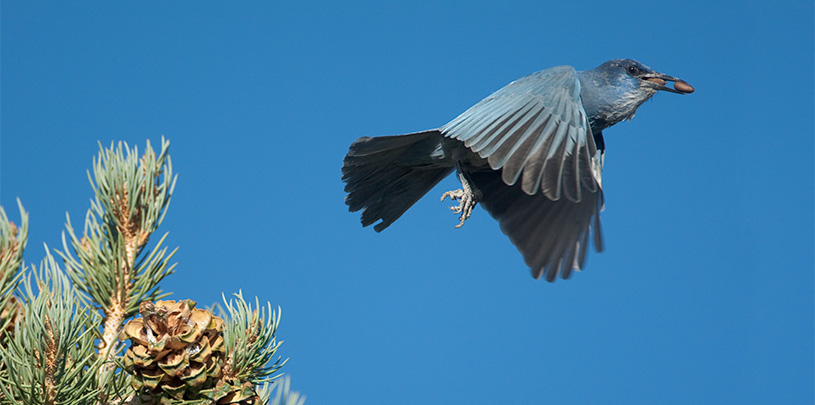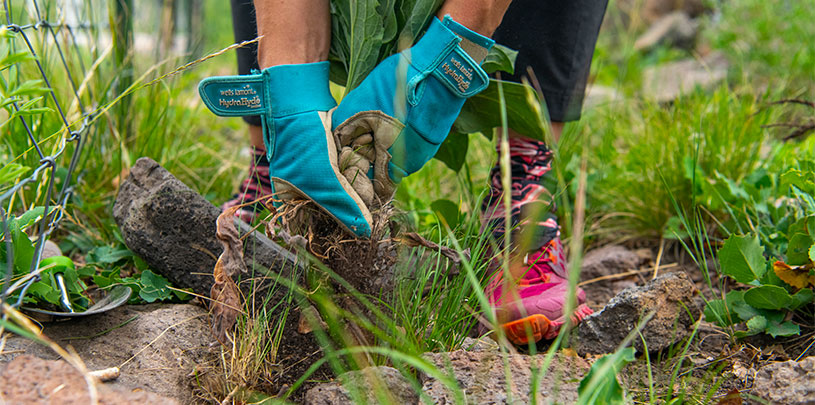
With fewer visitors to Grand Canyon National Park in the last year due to the coronavirus pandemic, the rocks in the Grand Canyon have been on the move. Landslides, moving water, and high winds have knocked rocks loose from the canyon walls, accumulating in messy piles near the river. We’re looking for strong hikers, climbers, and Rolling Stones lovers to help us match and return the fallen, eroded rocks to their particular layer to maintain the beautiful rock strata we see in the Grand Canyon.
What to expect
We’ll work our way down the Bright Angel Trail after dark, so as not to disturb the tourists or the mules. At the river, we’ll sort the strewn rocks by type, divide into teams, and start hauling the rocks back to their appropriate place in the canyon. We’ll repeat the phrase: “Know The Canyon’s History, Study Rocks Moved By Time” as we go to remember the order of rock layers, from top to bottom: Kaibab Limestone, Toroweap Formation, Coconino Sandstone, Hermit Shale, Supai Group, Redwall Limestone, Muav Limestone, Bright Angel Shale, and Tapeats Sandstone. We always break at that point to listen to classic rock and compare our work to a stairway to heaven. (Unrelatedly, I’m not sure why geologists always complain about that one missing rock layer unconformity — less work for us). The leftover Vishnu Schist and Zoroaster Granite rocks will stay scattered at the bottom. Plan to rest during the day and sleep in the bedrocks.
We don’t want to take you for granite, so when you get tired of our schist, we’ll split up to fix the famous views. Some of us will carry power sanders to Horseshoe Mesa (how do you think it gets that flat?) and the rest will drag jackhammers across the river to carve the spires and amphitheaters around Vishnu Temple.
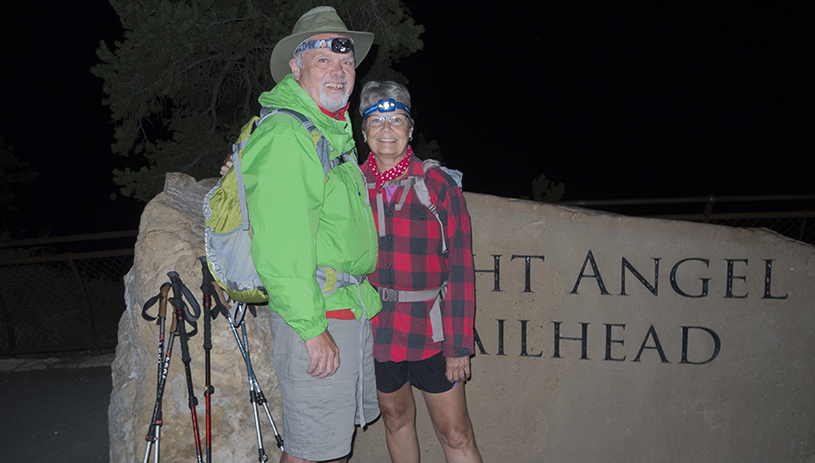
Why is this needed?
The Grand Canyon formed over 5 million years ago, as the Colorado River carved its way through the Colorado Plateau. But continued erosion, that pesky process where rocks crumble away and the canyon gets wider and deeper, has led to piles of misplaced rocks at the bottom of the Grand Canyon. The Grand Canyon is one of the seven natural wonders of the world, and it deserves to be kept tidy for you and future generations. Unfortunately, funding for national parks continues to be lackluster, and park staff are unable to keep up with the rock tumbler effect of erosion. The Grand Canyon Trust works to safeguard the wonders of the Grand Canyon, and we rely on volunteers like you to care for these vibrant, glowing crimson-layered rock features that draw millions of people each year.
Haven’t had enough Zoom baby showers and family reunions this year? You can join us at the canyon virtually too. Look for the virtual option in your registration.
If you’re interested in this trip, but are unavailable on these dates, stay tuned for work later this summer to shape hoodoos at Bryce Canyon National Park and carve arches at Arches National Park.
Happy April Fools’ Day!
If you think our rock puns should go back to the stone ages, sign up for Keep the Canyon Grand action alerts for productive ways to protect the Grand Canyon. Don’t take our beautiful landscapes for granite.

